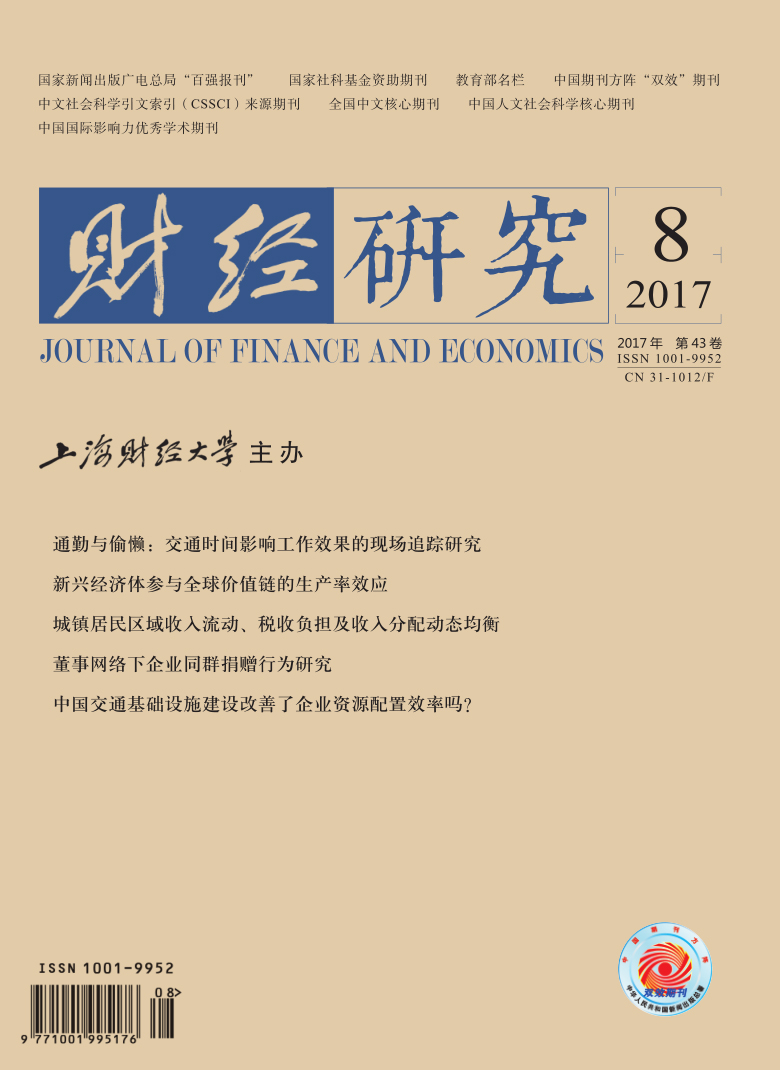Traffic jam has become a major concern in the process of urbanization in China. Much literature at home and abroad has proven that the increase in commuting time results in a reduction in individual work efficiency, thus inducing more loafing. However, these studies almost are based on cross-sectional or static analysis. In contrast, this paper focuses on long-term equilibrium of dynamic game between individuals and enterprises, and proves that the increase in commuting time reduces the whole number of shirkers or lowers general loafing level in the long term. This is because, the increase in commuting time makes more utility losses of shirkers, and at the same time raises the unemployment rate of shirkers in the long term, as a result, in equilibrium, corporate overall loafing level is forced to a lower level, and thereby the overall efficiency of enterprises and cities are improved. Through quantitative analysis of typical factory field tracing data, it verifies the conclusions above. This paper provides the policy implication as follows: traffic concentration in the process of urban agglomeration is conducive to the promotion of the overall urban efficiency in a long term. In the process of urbanization, city managers do not need to shorten the commuting time of residents, but maintain the moderate density of the traffic system and exert the overall efficiency and dynamic optimum of urban density economy.
 / Journals / Journal of Finance and Economics
/ Journals / Journal of Finance and EconomicsJournal of Finance and Economics
LiuYuanchun, Editor-in-Chief
ZhengChunrong, Vice Executive Editor-in-Chief
YaoLan BaoXiaohua HuangJun, Vice Editor-in-Chief
Commuting and Loafing: The Field Study of the Impact of Transportation Time on Work Performance
Journal of Finance and Economics Vol. 43, Issue 08, pp. 4 - 17 (2017) DOI:10.16538/j.cnki.jfe.2017.08.001
Abstract
References
Abstract
Keywords
Cite this article
Wei Xiang, Liu Wenxia. Commuting and Loafing: The Field Study of the Impact of Transportation Time on Work Performance[J]. Journal of Finance and Economics, 2017, 43(8): 4–17.
Export Citations as:
For




 8937
8937  7946
7946

